1. European Train Enthusiasts is not a train dealer. We do not buy or sell model railroad equipment.
2. European Train Enthusiasts does not assess or assign the value(s) model railroad equipment.
3. Under very specific circumstances we may agree to make your collection available to our members.
- The item(s) of the collection MUST be European Prototype model railroad items
- There must be a list of each item or lot of items to be accompanied by an image (or images) of the items.
- The list must indicate the price you are willing to accept for the item(s)
4. Any transactions will be between you and the individual who is a member of our organization, not with the organization.
If you have no one in your family or of your acquaintance that you could hand the items over to…Then you will need to find a way to get them to someone who will use or sell them.
The first decision that must be made is – am I willing to donate the items (meaning give the items away with no expectation of reimbursement) – or – do I want to try make money through a transaction or a series of transactions?
It is important to understand that the “value” of model railroad equipment is only equal to how much someone is willing to pay for it. There are books that exist that try to assess a value to these items, but those are only estimates based on a collector’s value and the models must be in “like new” condition (never run)…and you have to find someone willing to pay that price.
Whichever course you decide to take, donate or sell, you will need to find your “customers”.
DONATIONS
Look for local model railroad clubs. A Google Search for Model Railroad Clubs in Michigan will yield may returns. Here are some email and web addresses that could be helpful…
For European trains:
Anthony Cammarata – [email protected]
European Train Enthusiasts – [email protected]
For US Trains:
Nation Model Railroad Association Central District Director – [email protected]
Ann Arbor Model Railroad Club - https://www.hvrrhs.org/contact.html
Kalamazoo Model Railroad Historical Society – [email protected]
Grand Rapids Model Railroad Historical Society - https://www.grmrhs.org
Detroit Model Railroad Club - http://www.dmrrc.org
Redford Model Railroad Club - https://redfordmrrc.org
Lansing Model Railroad Club - https://lmrc.org
Blissfield Model Railroad Club - https://bmrr.org
South Oakland County Model Railroad Club - http://socmrrc.org
Gratiot Valley Railroad - http://www.gvrr.org
Muskegon Railroad Historical Society - https://mrhsonline.org
Retailers who may sell used items. For European trains, try:
Reynauld’s – www.Reynaulds.com
Robert J Frowenfeld – www.RJFtrains.com
Many organizations will be willing to accept donations, and some will not.
SELLING
“There is no such thing as a free lunch”. You may need to prepare (clean up), catalog and photograph each item you wish to sell. You also have a decision to make when it comes to selling. Do you want to try and sell the whole lot as one or do you want to sell the items in sets or individually. In most cases, any individuals who are willing to help you will give you advice about which direction they think you should go.
Sell through local train clubs – some of the clubs/individuals listed above may promote the items that you have for sale to their membership.
Sell at Local Train Shows - Some of the organizations listed above sponsor their own “Train Shows” where vendors rent tables and sell their wares. You may wish to contact them about participating in their events or having someone participate for you. Anthony Cammarata (Listed under donations) may be willing to purchase your “Maerklin” items. He sells used Maerklin items at local shows.
Sell at Regional Train Shows – Larger Show happen in Michigan once or twice a year. If you have a substantial number of items to sell, visit https://www.trainshow.com and contact them to learn what you need to do participate as a vendor.
Contact Local Hobby Shop – Hobby shops may allow you to post a notice about the items you have for sale and in some cases, they may actually sell them on consignment.
Advertise through Social Media – Get the word out through your social media channels that you have model railroad equipment that you would like to sell.
Advertise in your local newspaper.
Perform a Google search for businesses that will buy used railroad items.
Sell them on eBay as one lot or in lots.
Time / Money: The disposition of a model train collection is, like many things, a trade-off between effort and return. Maximizing the amount of money a collection will bring in will require a significant amount of time and effort, as well as research on model railroad brands and specific collectibles. It is ultimately in your best interests to set expectations you are comfortable with on both sides of this equation.
We hope you find this information helpful.

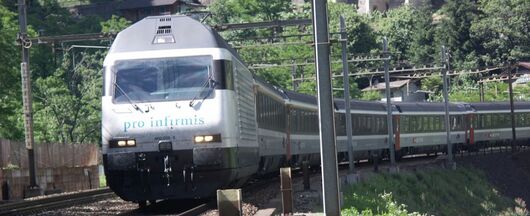
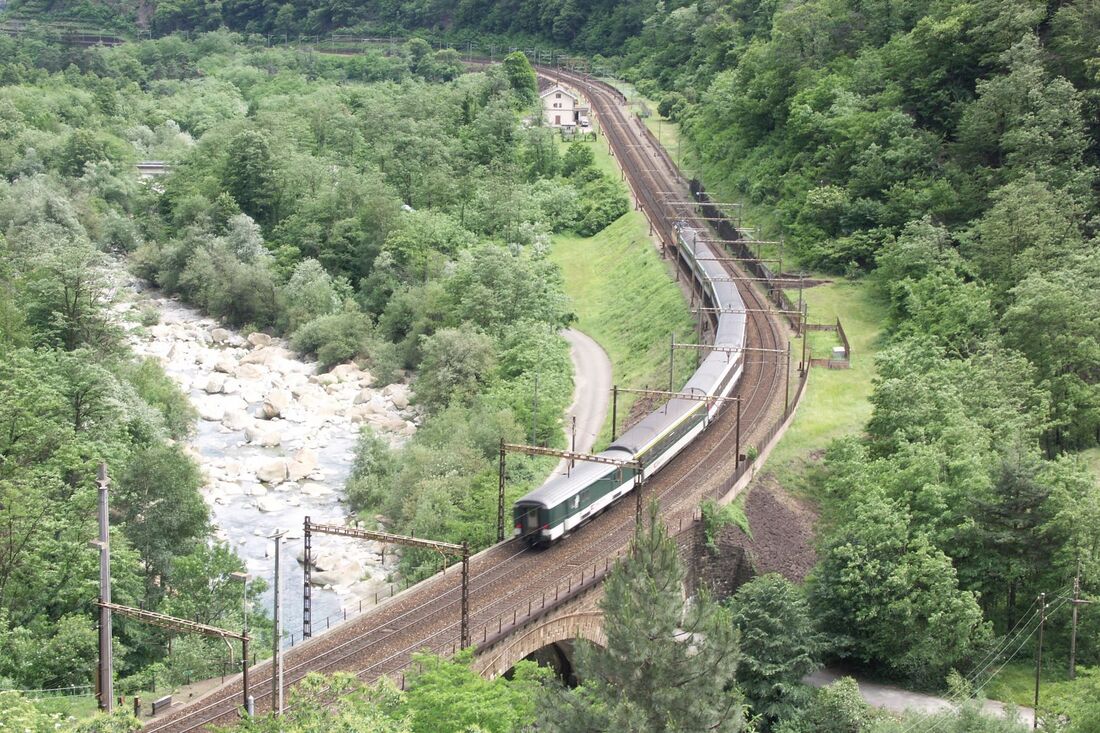
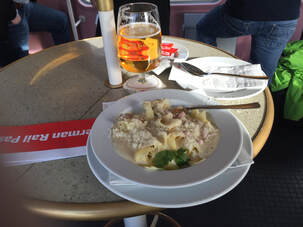
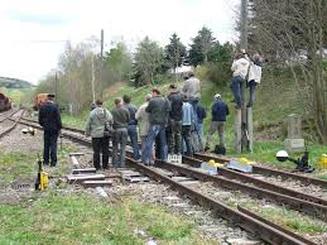
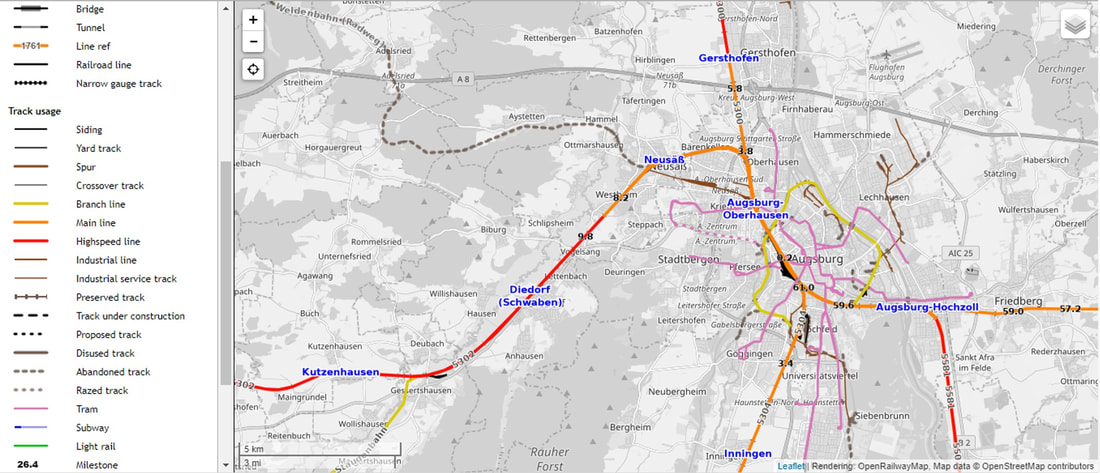

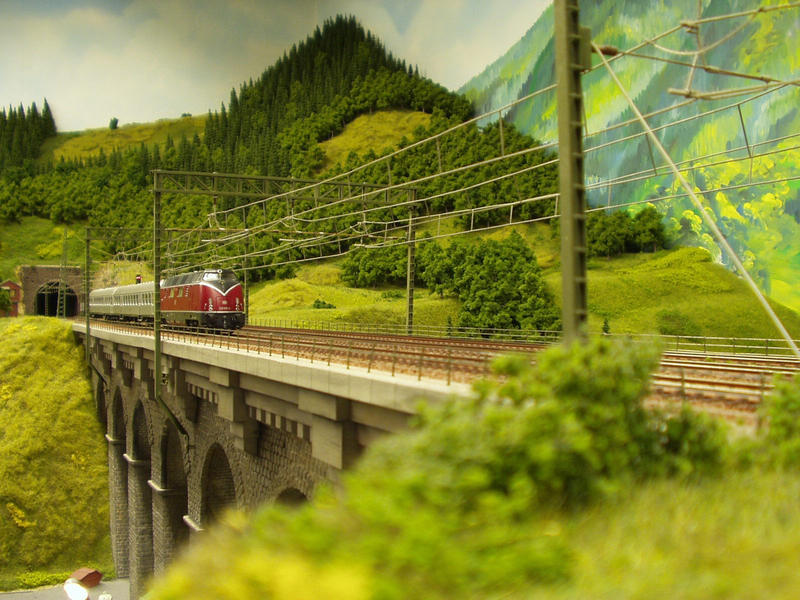
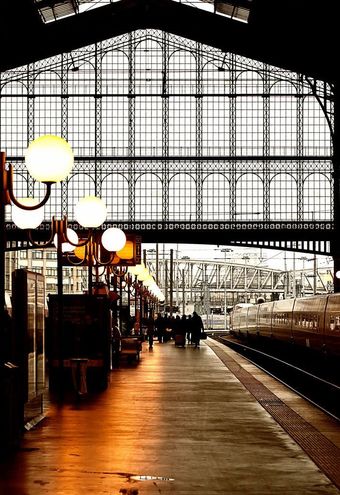
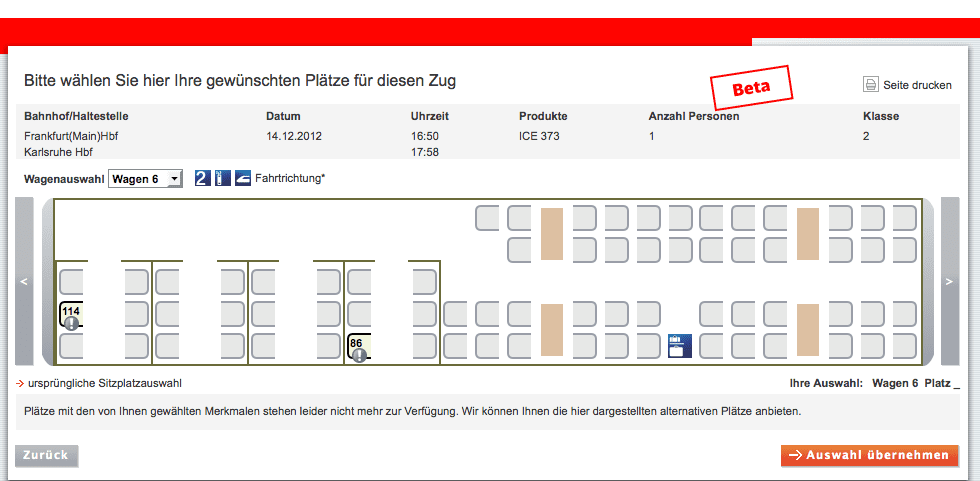
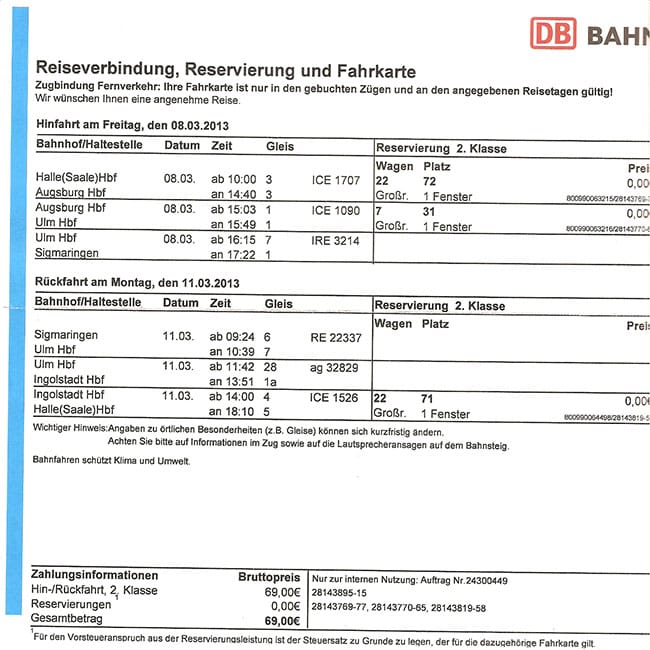
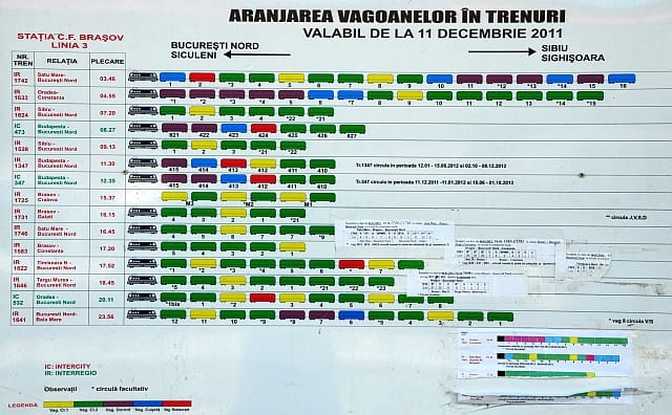
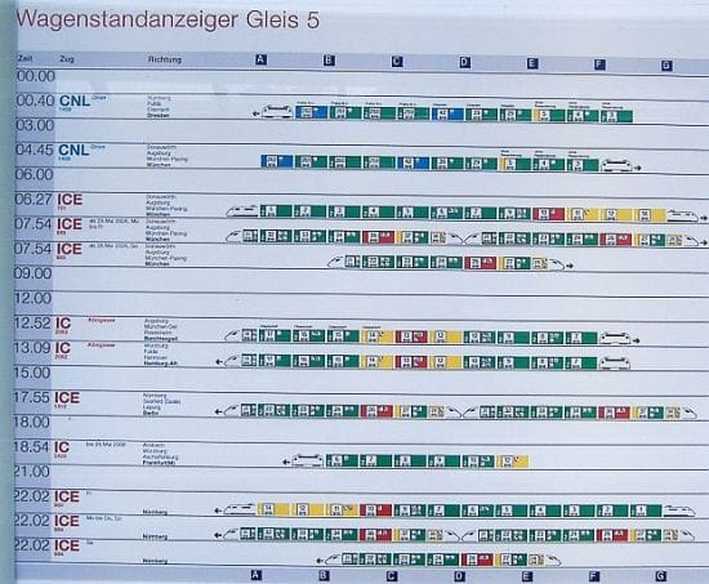
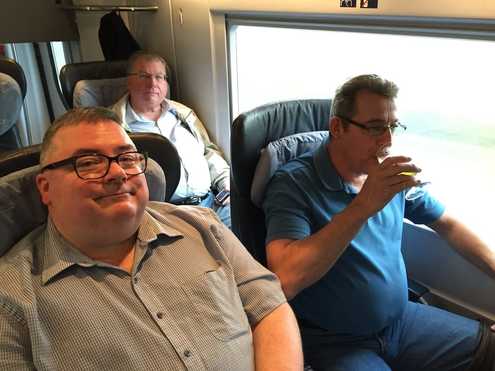


 RSS Feed
RSS Feed